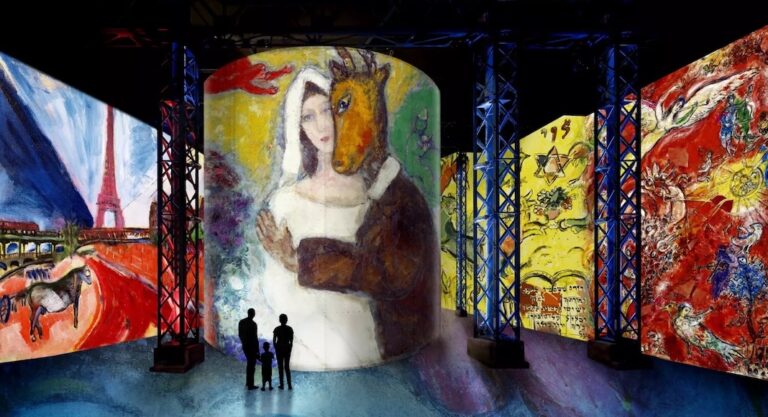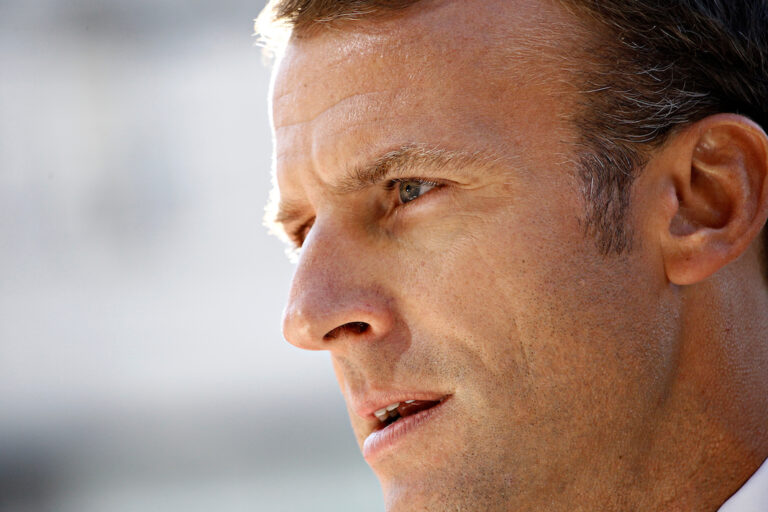The first round of France’s 2017 presidential election is just one month away, on April 23. With five very different candidates vying for the top two spots, it’s already shaping up to be one of the most consequential and peculiar in recent history. (The run-off second round of voting will be held on May 7, if no candidate wins the majority of first round votes, which they never do.)
There’s conservative firebrand Marine Le Pen, up-and-coming centrist star Emmanuel Macron, scandal-embroiled François Fillon, Bernie Sanders impersonator Benoît Hamon, and Jean-Luc Mélenchon, who is more-or-less your standard pseudo-Marxist socialist.
Seeing as each candidate has a unique backstory and political message, it seems fitting to analyze them in terms that the French would best understand: paintings.
We’ve taken the five top candidates, and matched them with the famous French painting their personalities and politics most appropriately represent.
Jean-Luc Mélenchon — “The Floor Scrapers” (Les Raboteurs de Parquet)
Mélenchon is the truest everyman’s candidate in the 2017 presidential election; he’s a proponent of increasing French welfare programs, recognizing work burnout as an official disease, and redistributing wealth in the vein of Karl Marx. As such a Monsieur Toute le Monde, he and his socialist views are aptly represented by the hardworking laborers depicted in Impressionist Gustave Caillebotte’s “The Floor Scrapers.” The painting shows a clear contrast between the luxurious apartment of the 19th century Bourgeois and the shirtless, wine-drinking working class that scraped their floors.
Benoît Hamon — “Bathers at Asnières” (Une Baignade, Asnières)
Hamon is France’s “chill” candidate: a Socialist who favors legal marijuana, a 35-hour work week, and euthanasia. So, Georges Seurat’s “Bathers at Asnières,” with its muted serenity, perfectly encapsulates his “live and let live” attitude. The only thing that’s not right about this image? The industrial smokestacks in the background. Hamon wants half of France’s electricity to come from renewable sources by 2025.
François Fillon — “Luncheon of the Boating Party” (Le Déjeuner des Canotiers)
Fillon, who literally lives in a 12th-Century manor with his wife and five children, would fit right in at a boating party, much like this one depicted in Pierre Auguste Renoir’s impressionist classic. An Anglophile, Fillon is as old-money as they come. Unfortunately for him, his financial instincts failed him when he created a fake job for his wife, Penelope, that paid her half a million euros over eight years and turned into a damaging embezzlement scandal. Much like the standing gentleman on the right trying to impress the disinterested lady sitting below him, Fillon hasn’t quit yet.
Emmanuel Macron — “At The Stock Exchange”
Macron, before going into politics, was an investment banker at Rothschild, and as a politician he is a major advocate of free trade economic policies. Edgar Degas’ “At the Stock Exchange” seems appropriate, especially since much like the man on the right being whispered to, Macron seems to get his opinions from other people.
Marine Le Pen—to her supporters, “Liberty Leading the People” (La Liberté Guidant le Peuple)—and to her detractors, “The Scream” (Norwegian: Skrik)
Whether you like her or not, Le Pen is undoubtedly a powerful, determined, and fear-inspiring woman. Much like Marianne, Le Pen brandishes the French flag proudly, but in a nationalistic, xenophobic way that’s arguably not befitting of a national hero.
To those who think Le Pen’s anti-immigrant rhetoric is too extreme, there are no French paintings befitting to represent the polarizing candidate. But the Norwegians have a pretty solid estimation.





